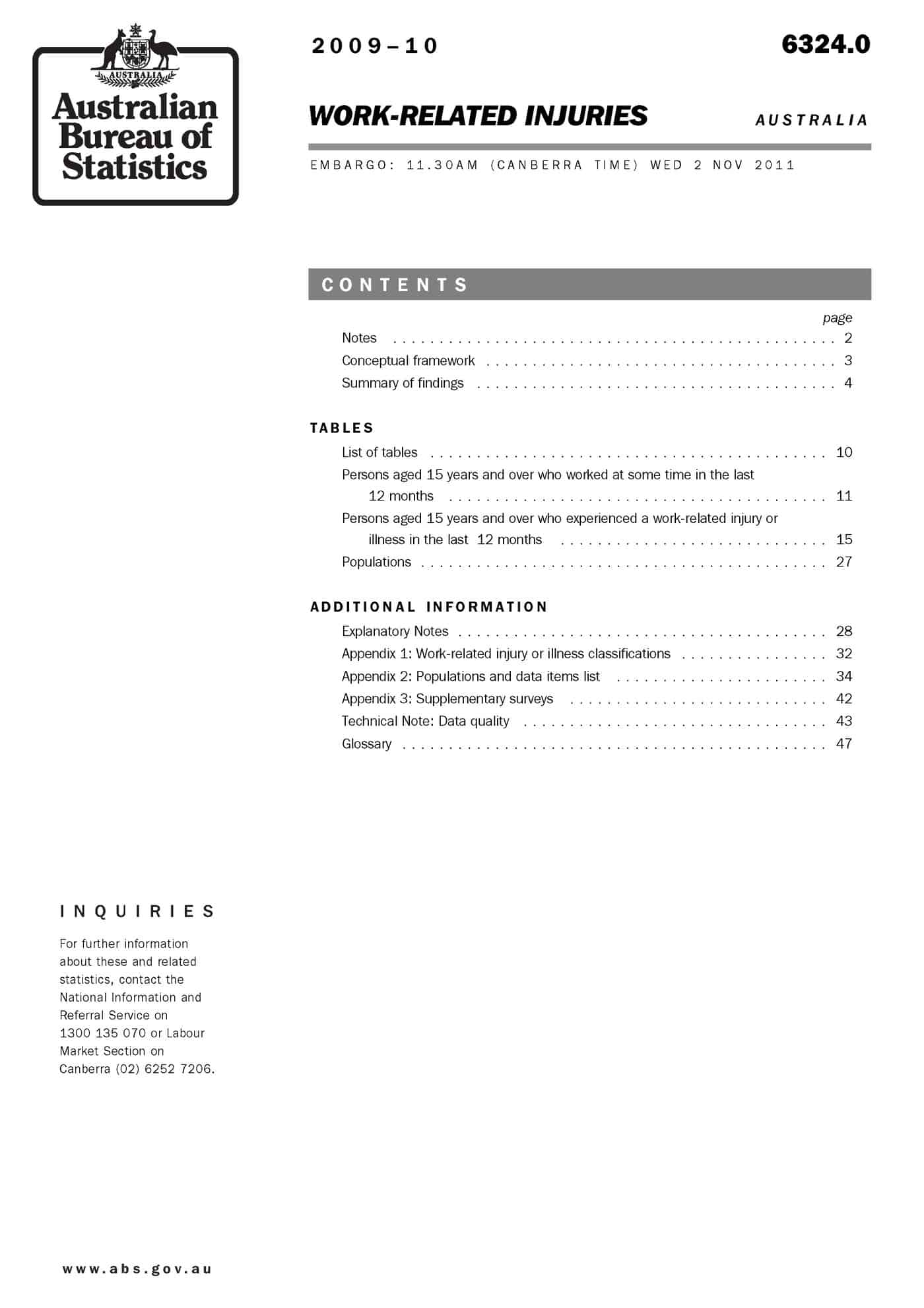 Data released by the Australian Bureau of Statistics (ABS) in early November 2011 has revealed that 18.5% of people injured at work in 2009-10 received no OHS training prior to the incident.
Data released by the Australian Bureau of Statistics (ABS) in early November 2011 has revealed that 18.5% of people injured at work in 2009-10 received no OHS training prior to the incident.
The basic findings of the 2009-10 data are not all new as a December 2010 media release shows but the new report, “6324.0 – Work-Related Injuries, Australia, 2009-10” does include new data on OHS training.
Most of the OHS training data is included in table 13 but other tables should not be overlooked. Table 3 shows that of those injured in 2009-10:
“82% (522,400) had received occupational health and safety training in the job prior to their work-related injury or illness occurring…”
and that 18.5% did not.
A legitimate question is “what is meant by occupational health and safety training?” Continue reading “Australia releases official statistics into work-related injuries”


